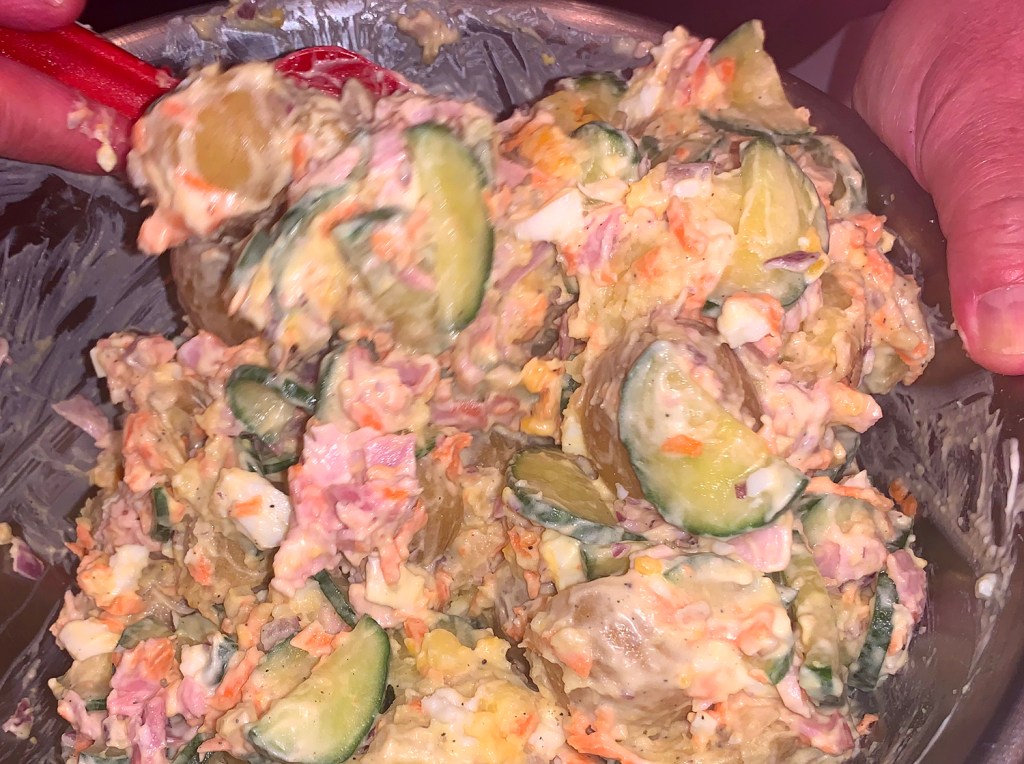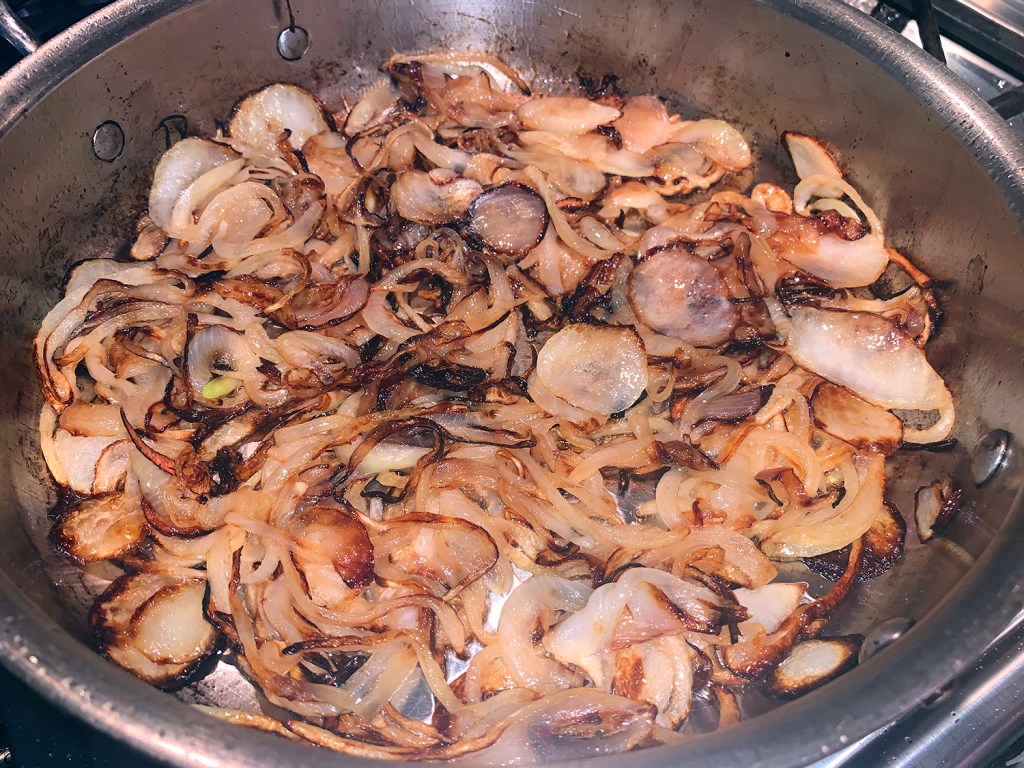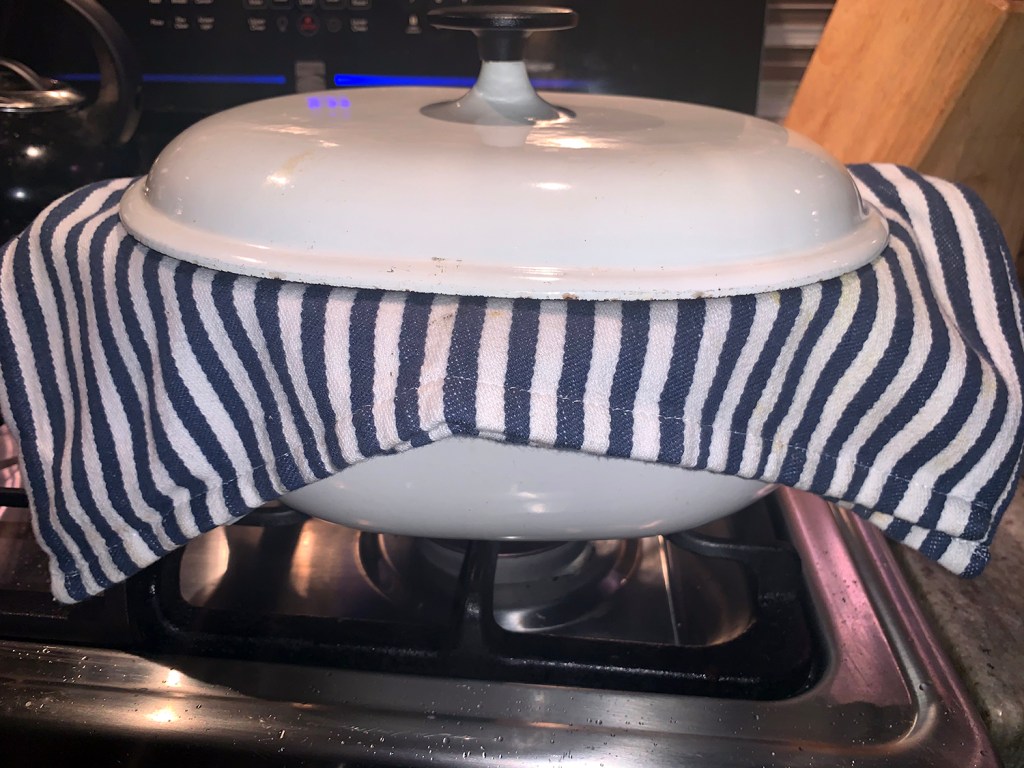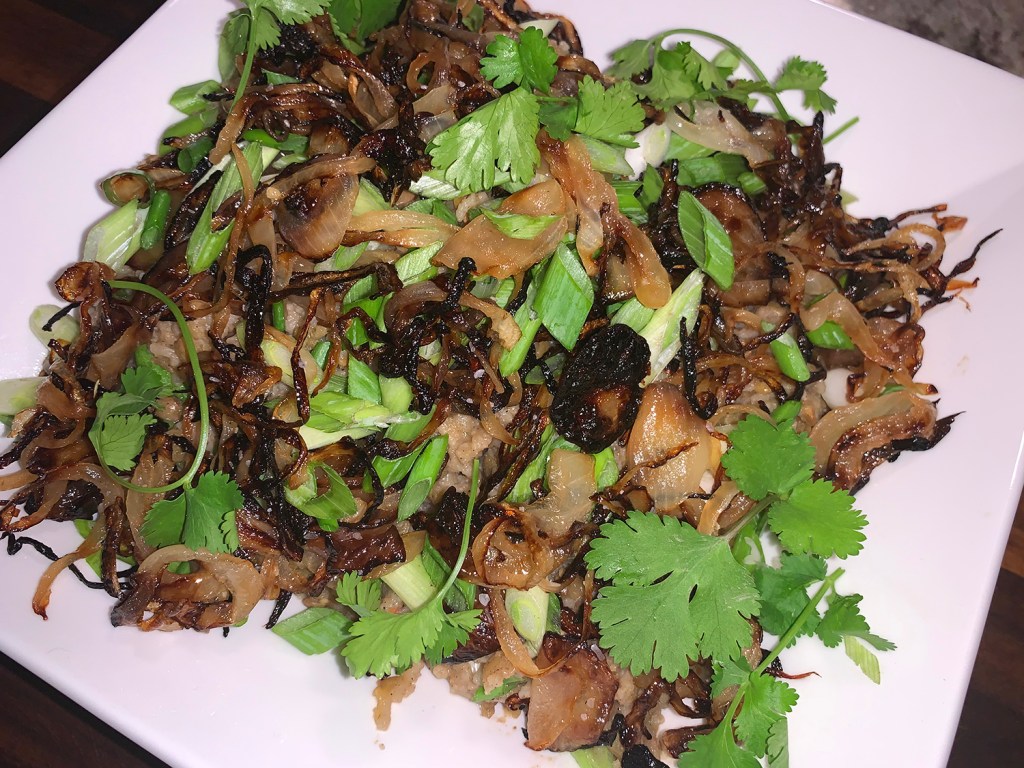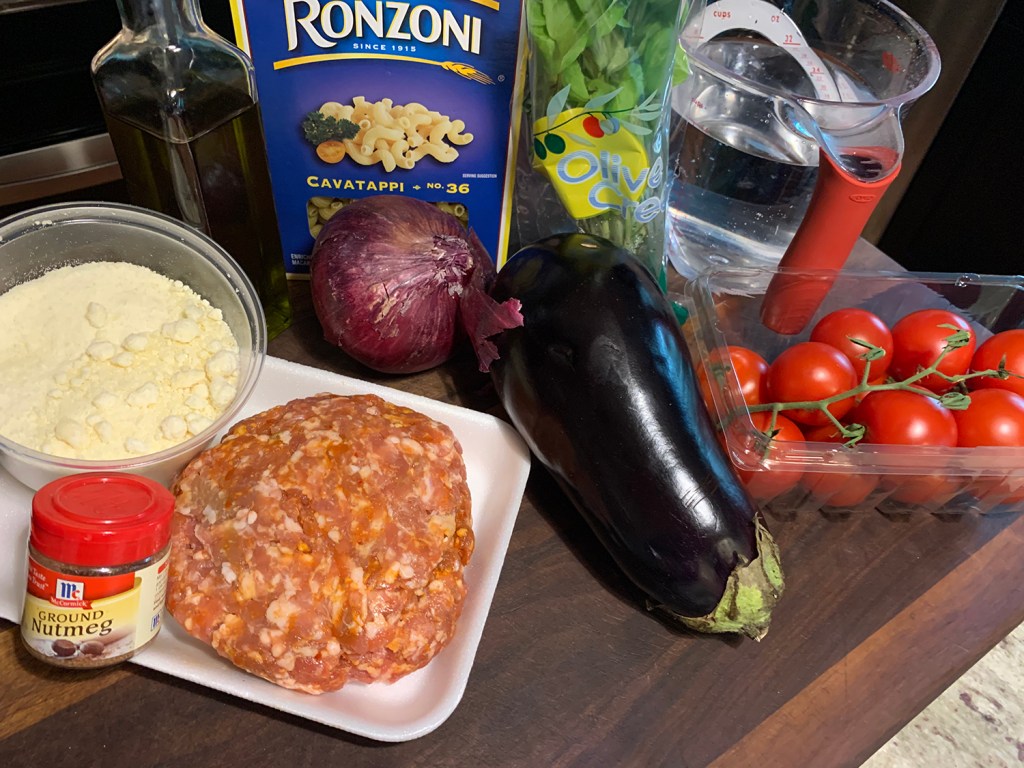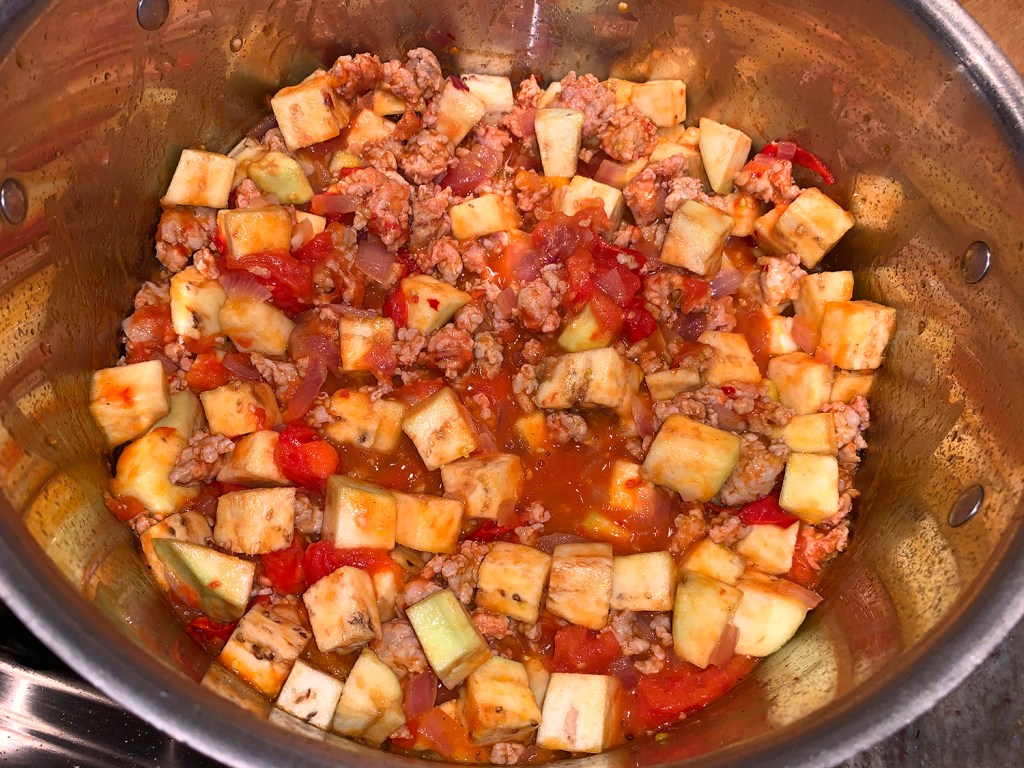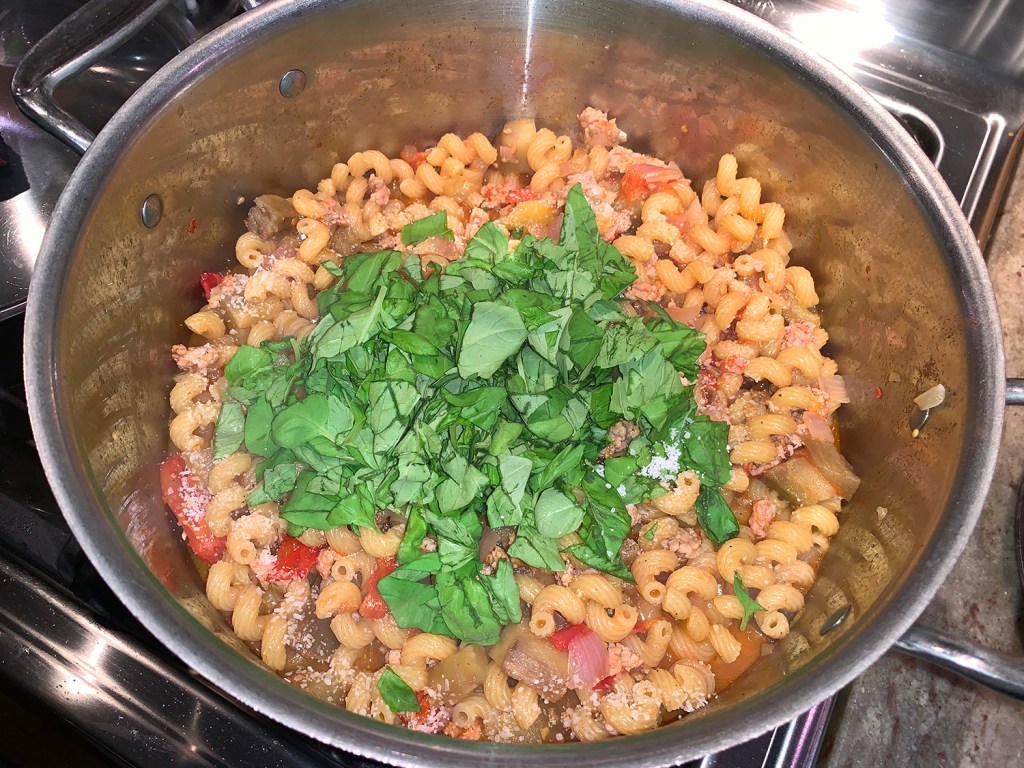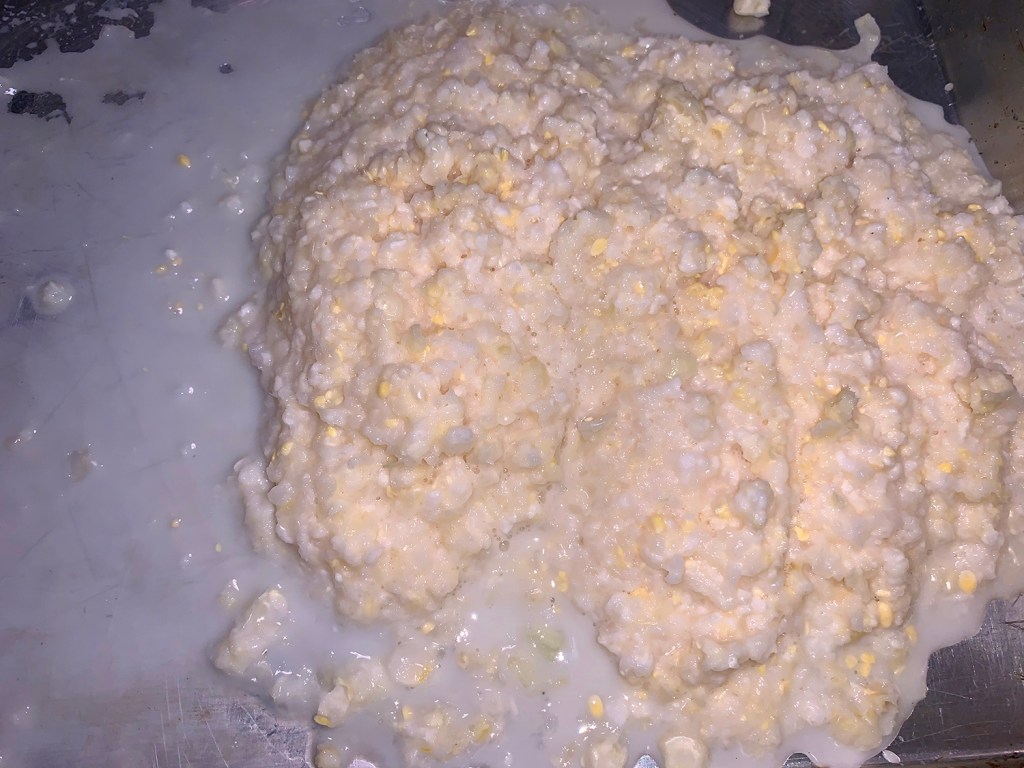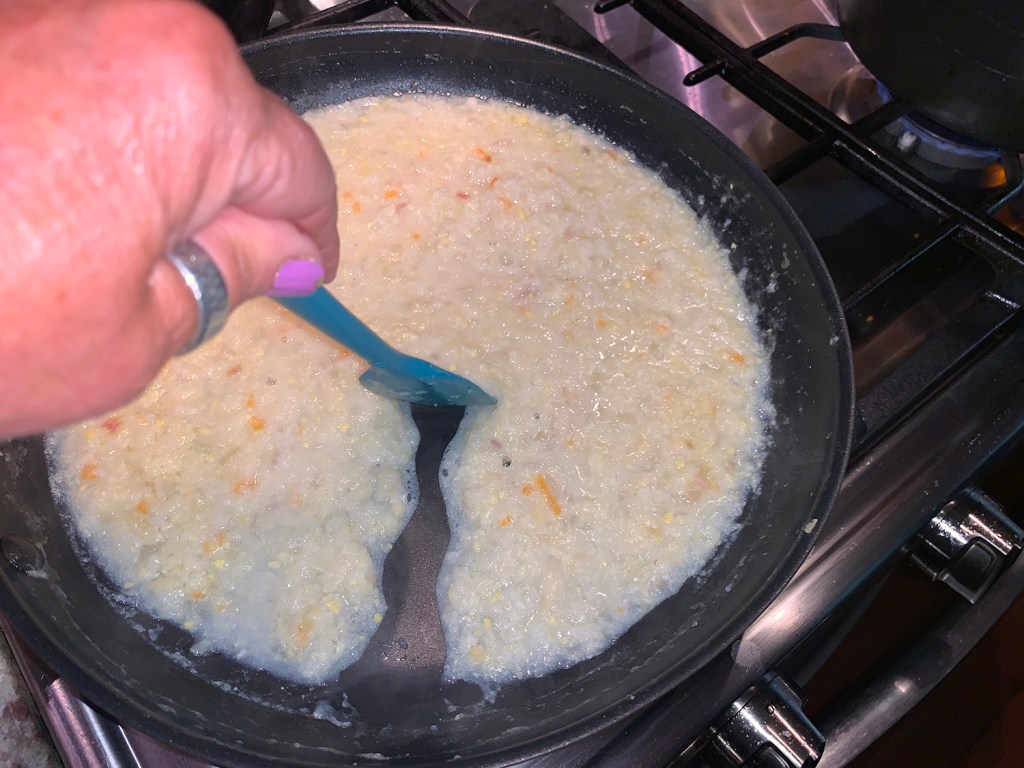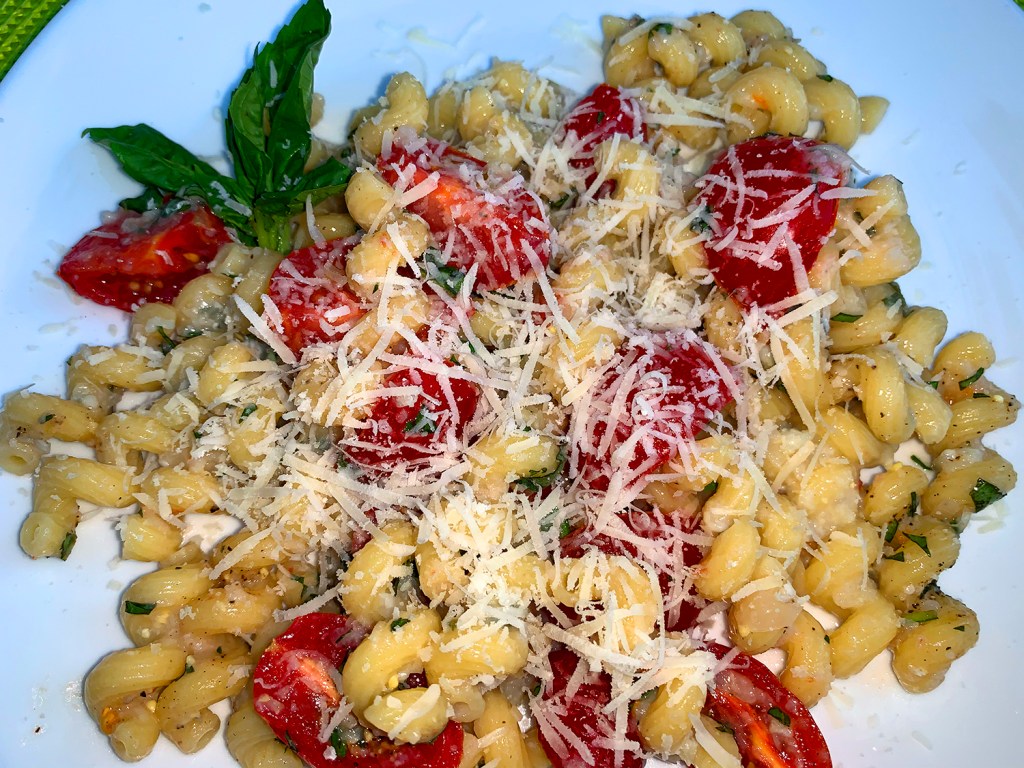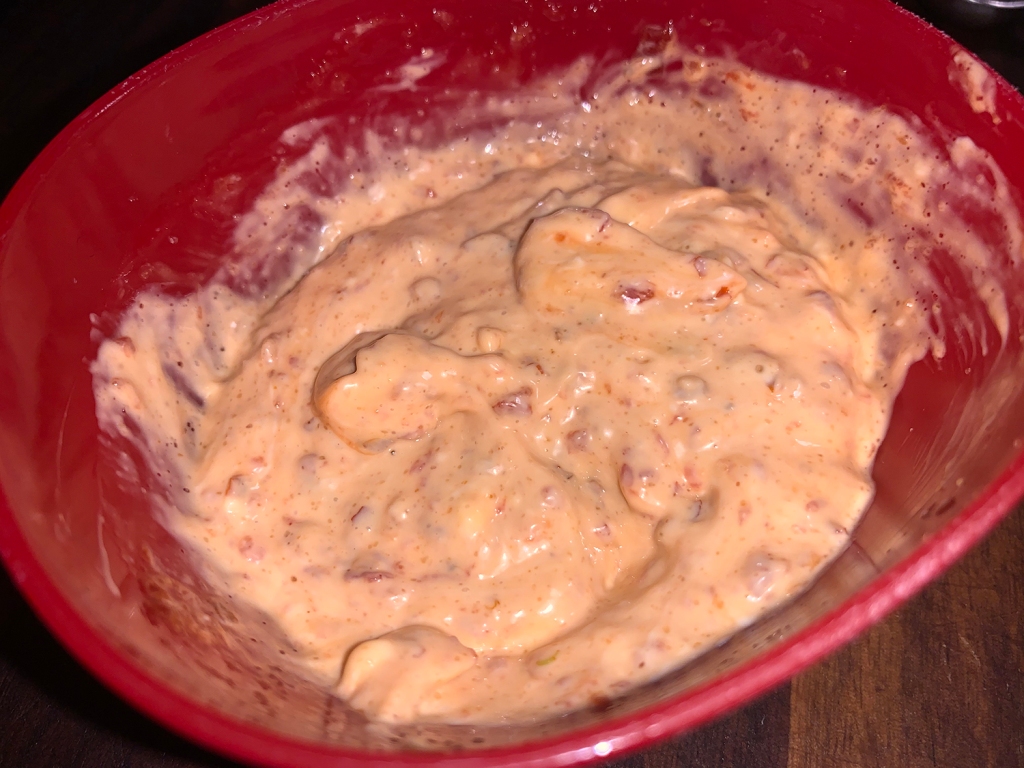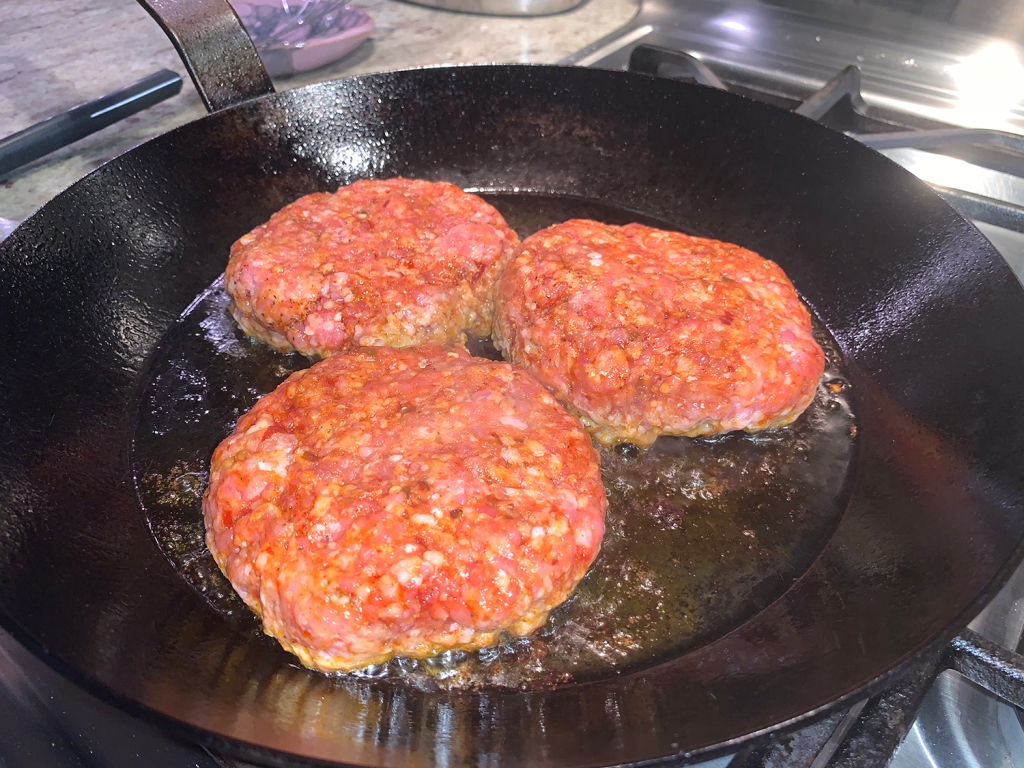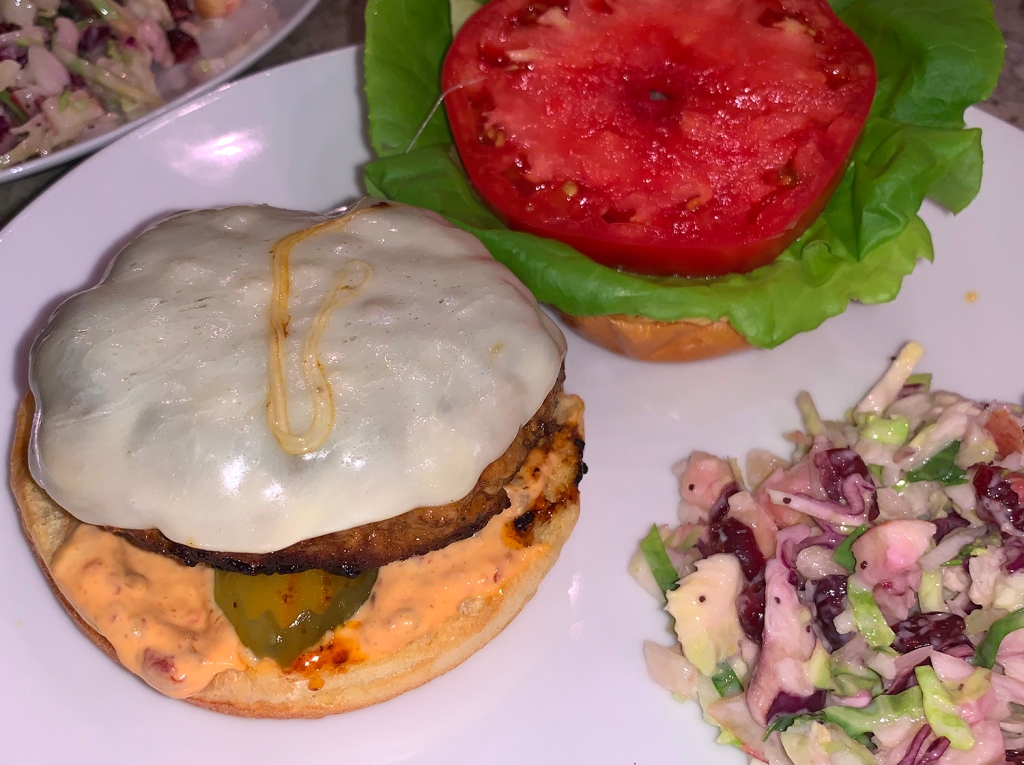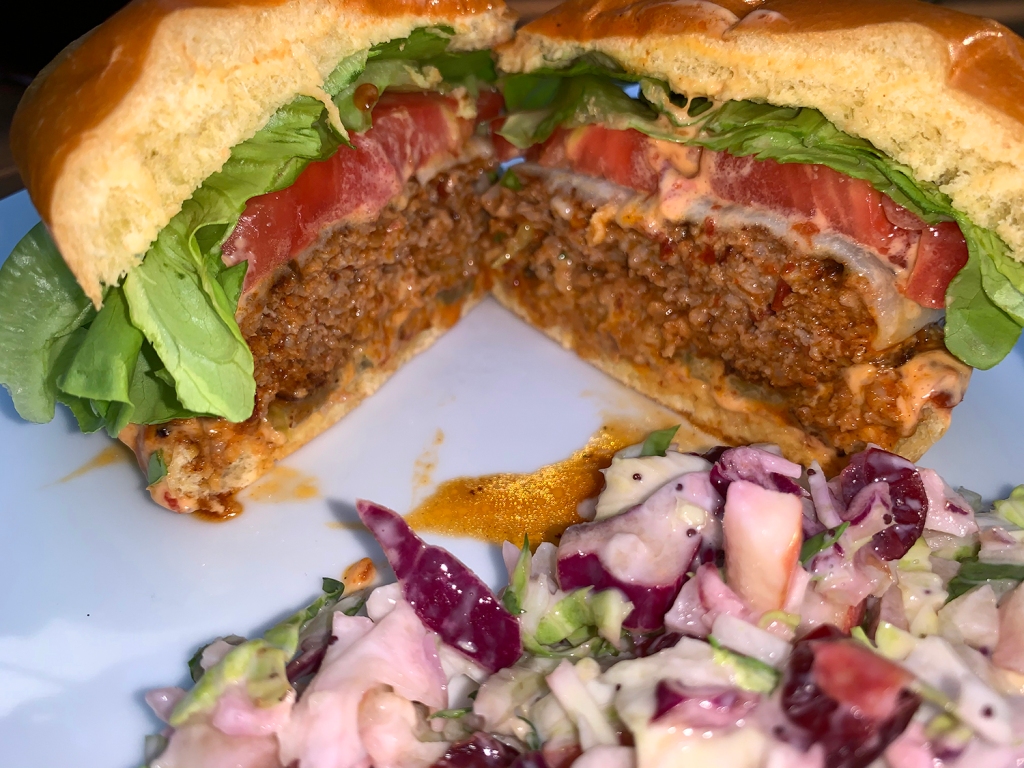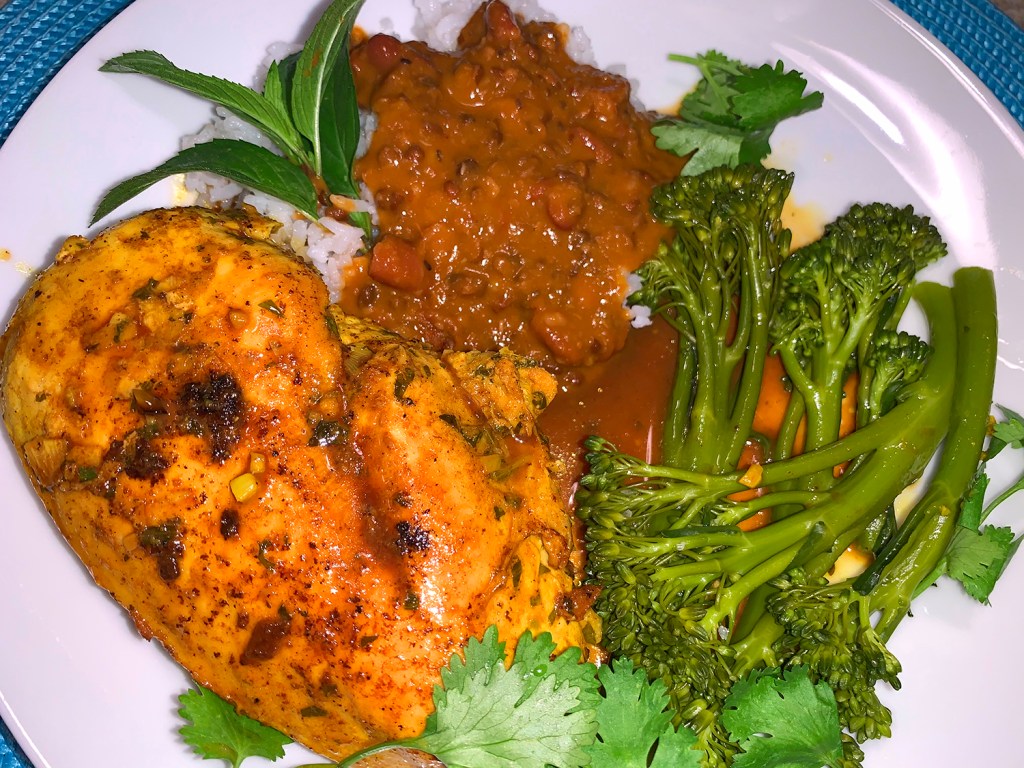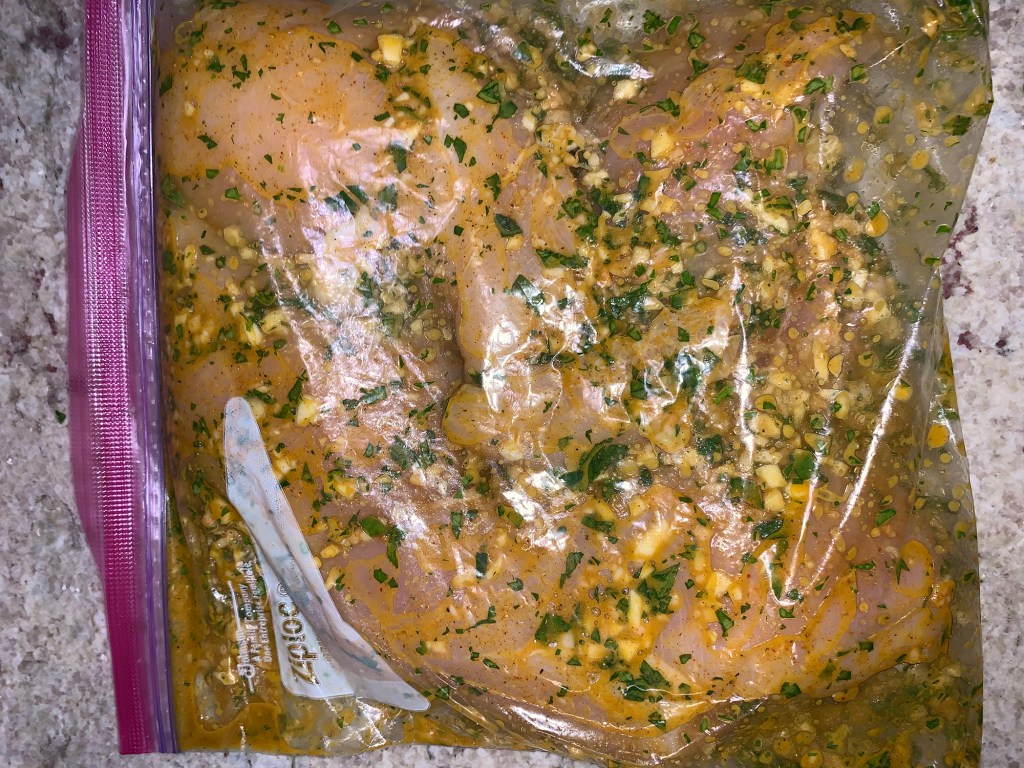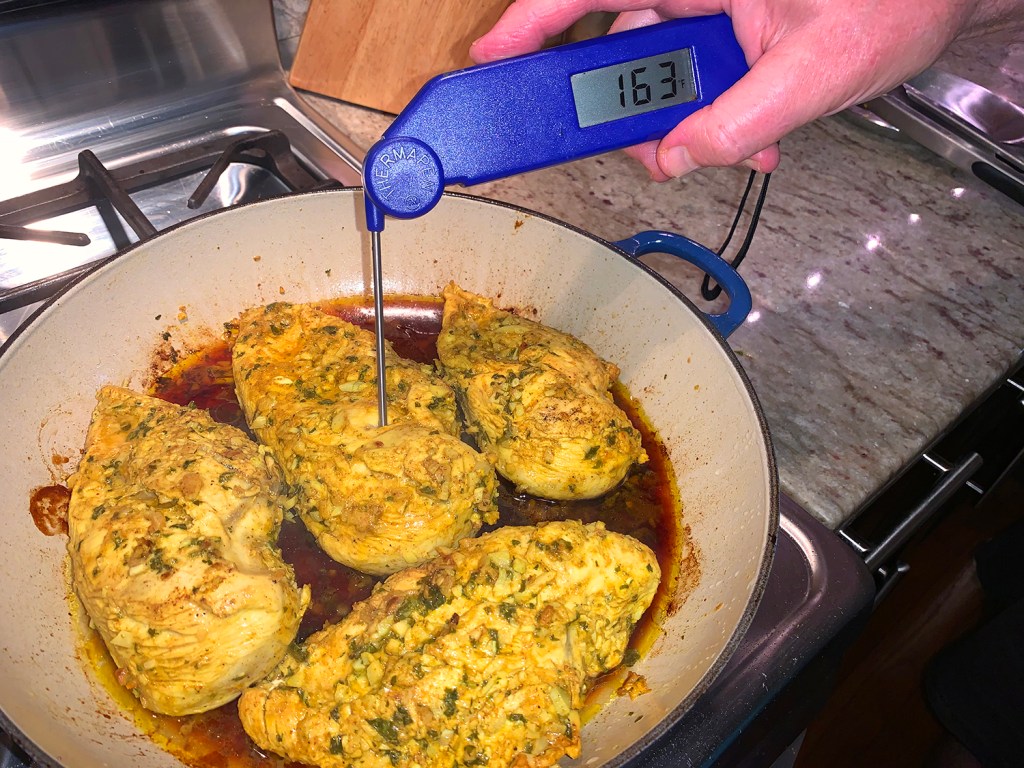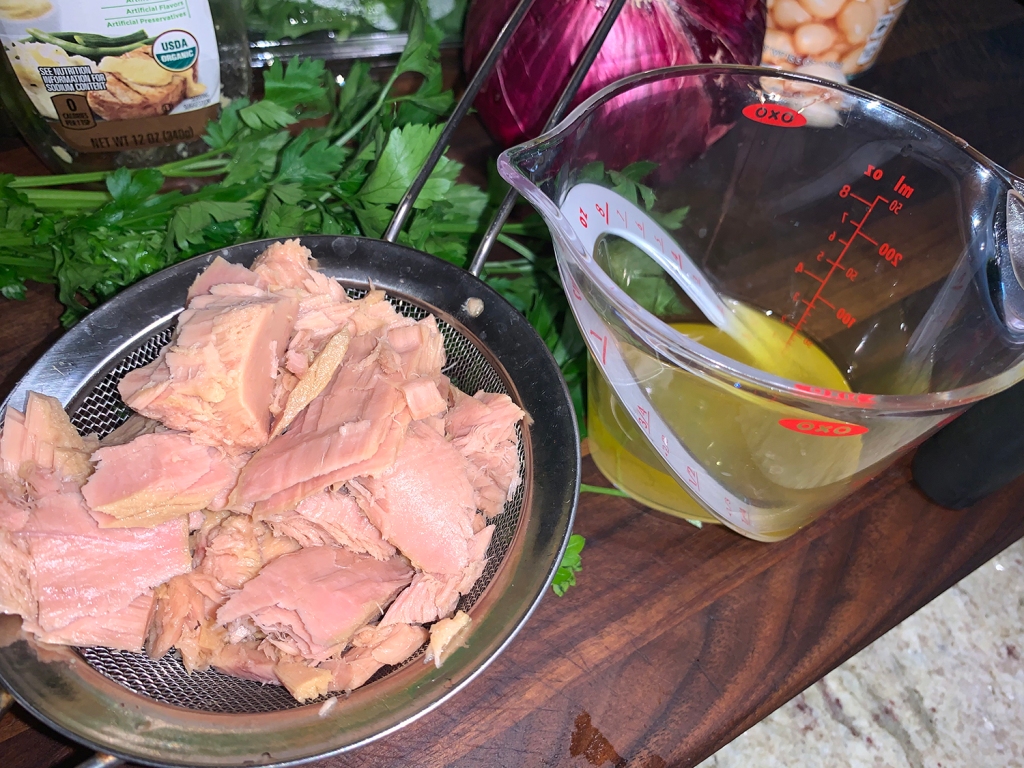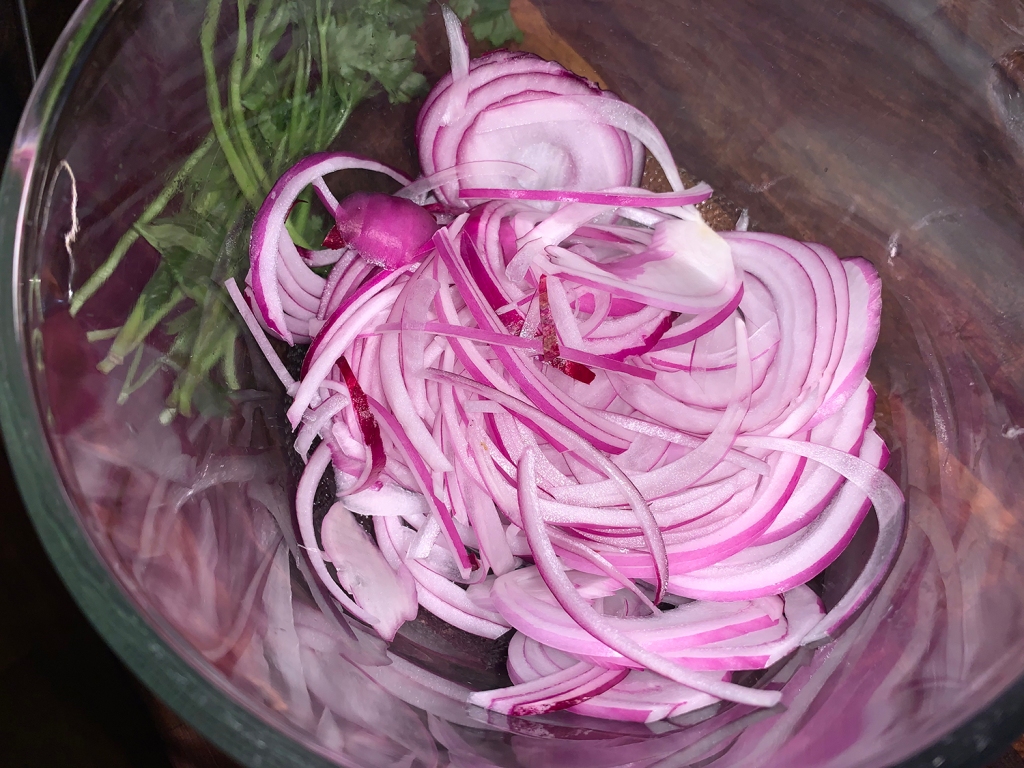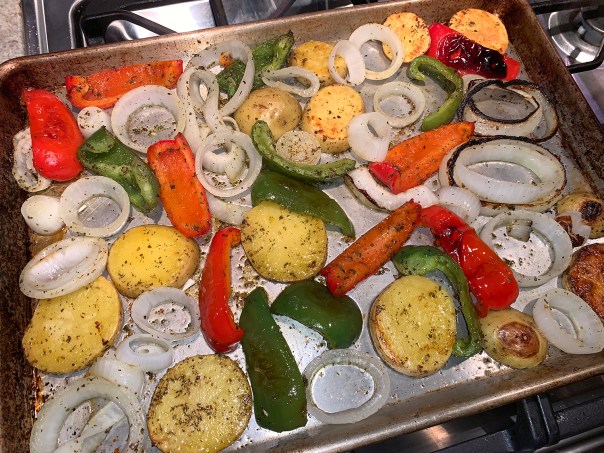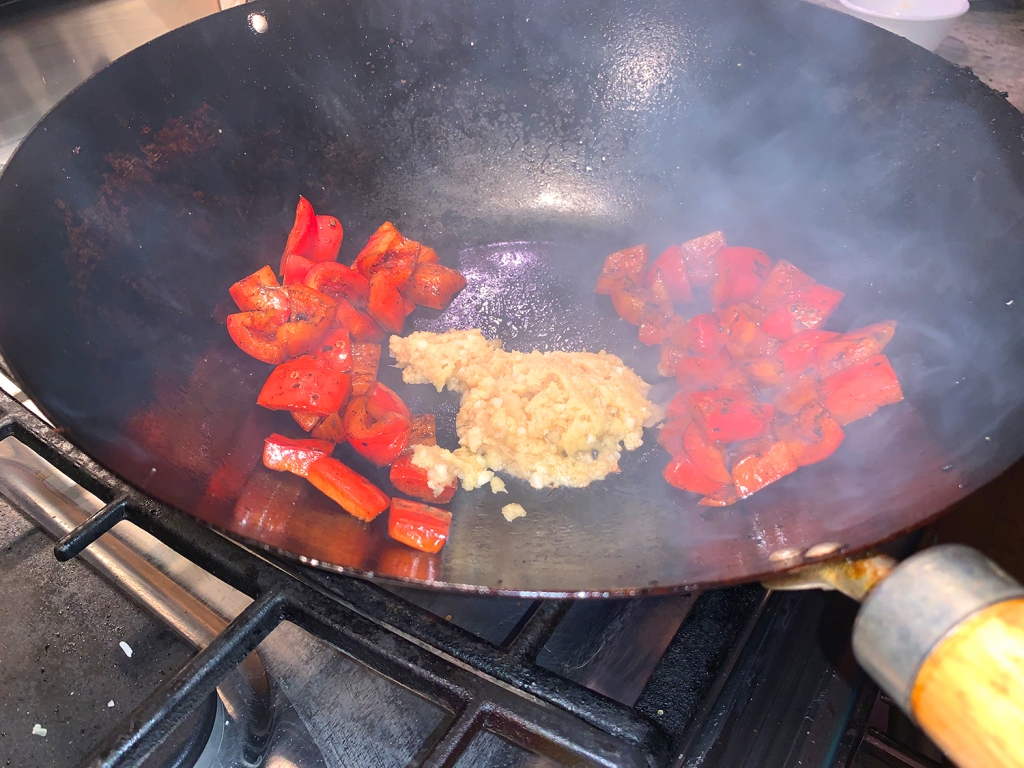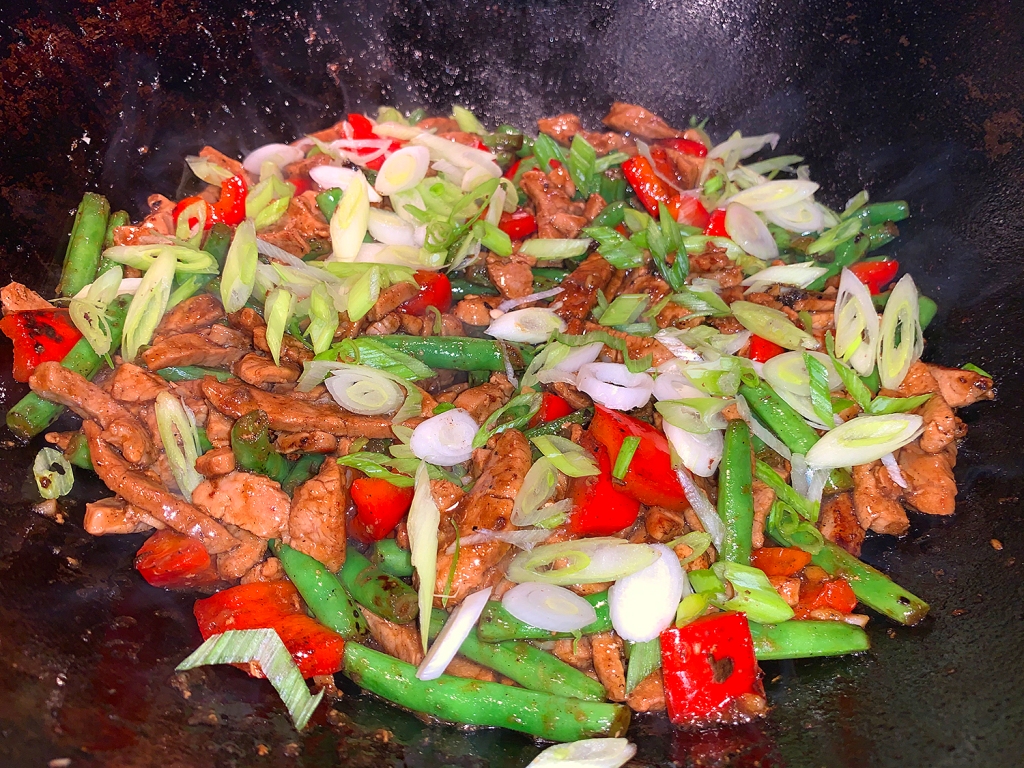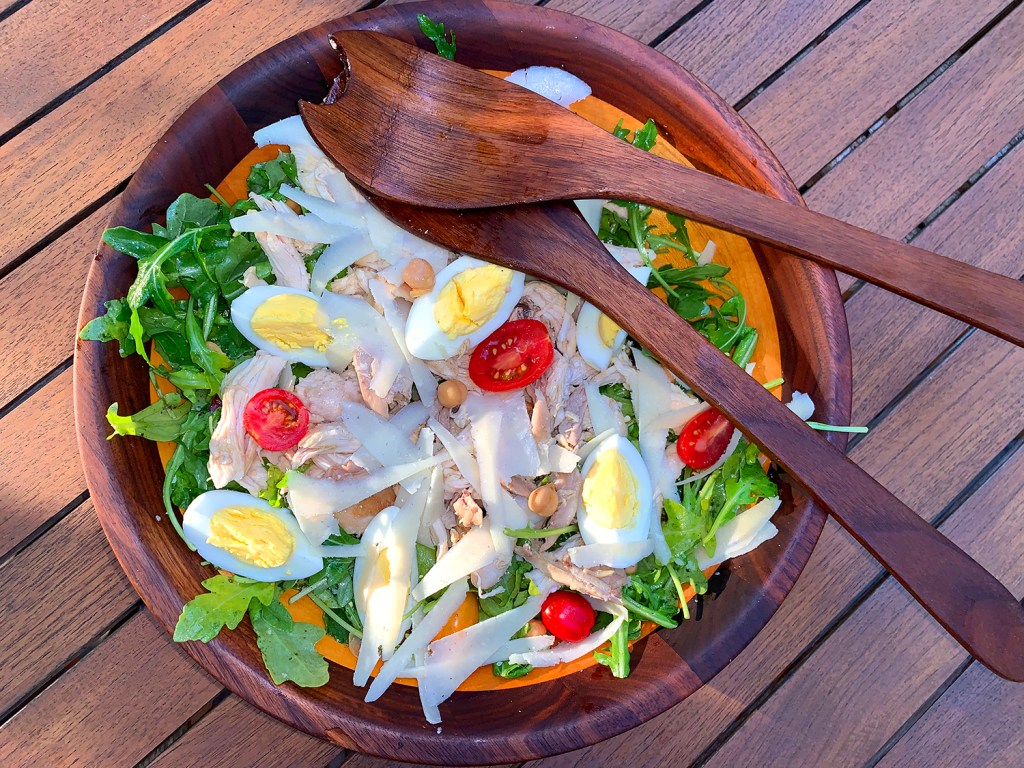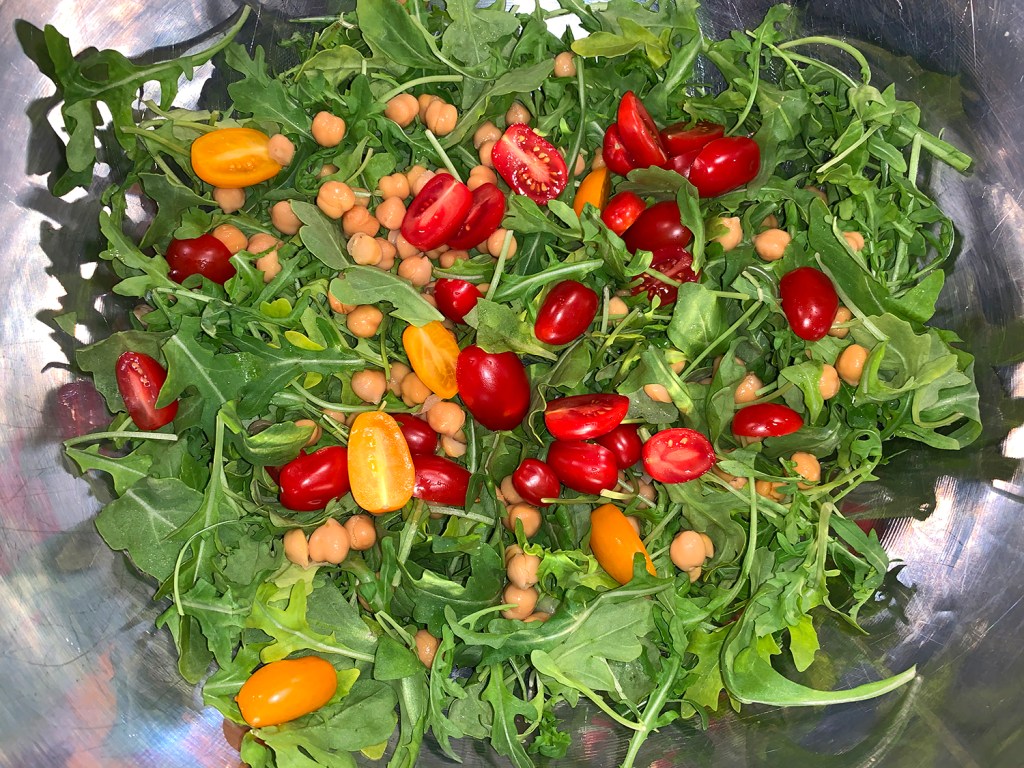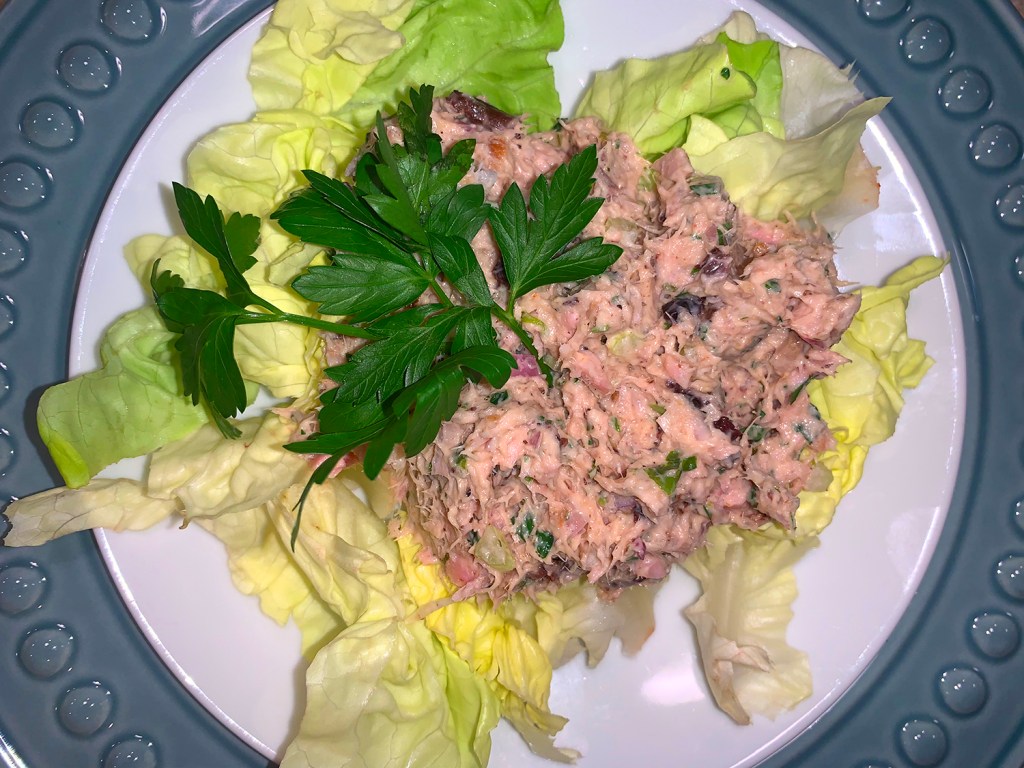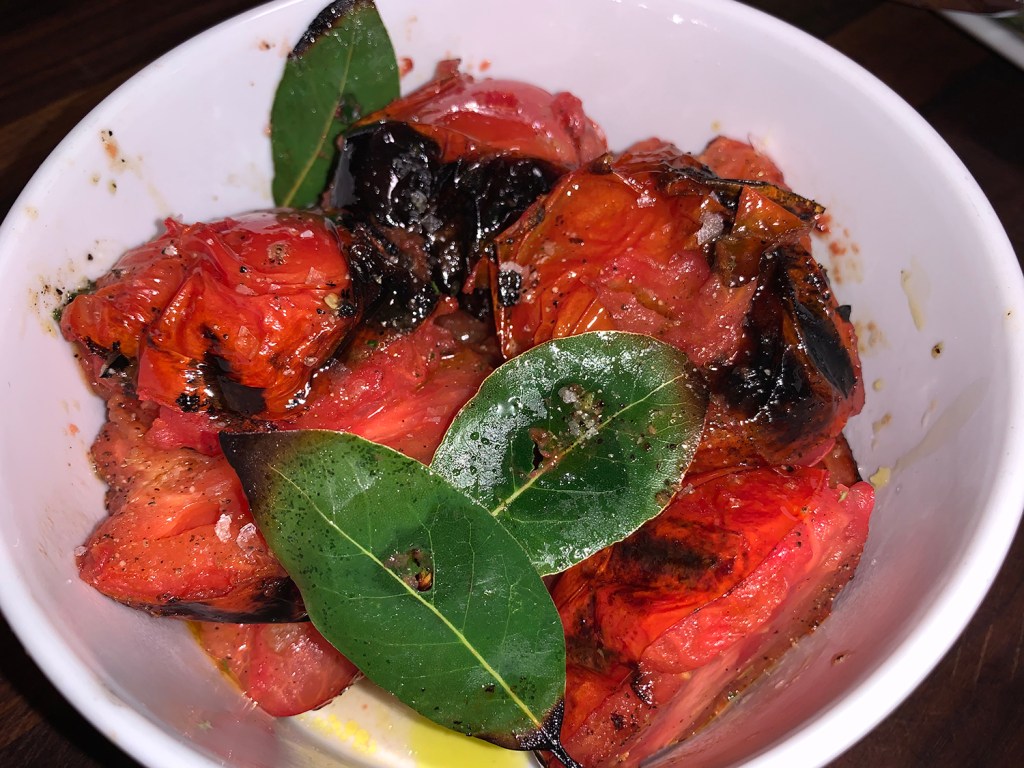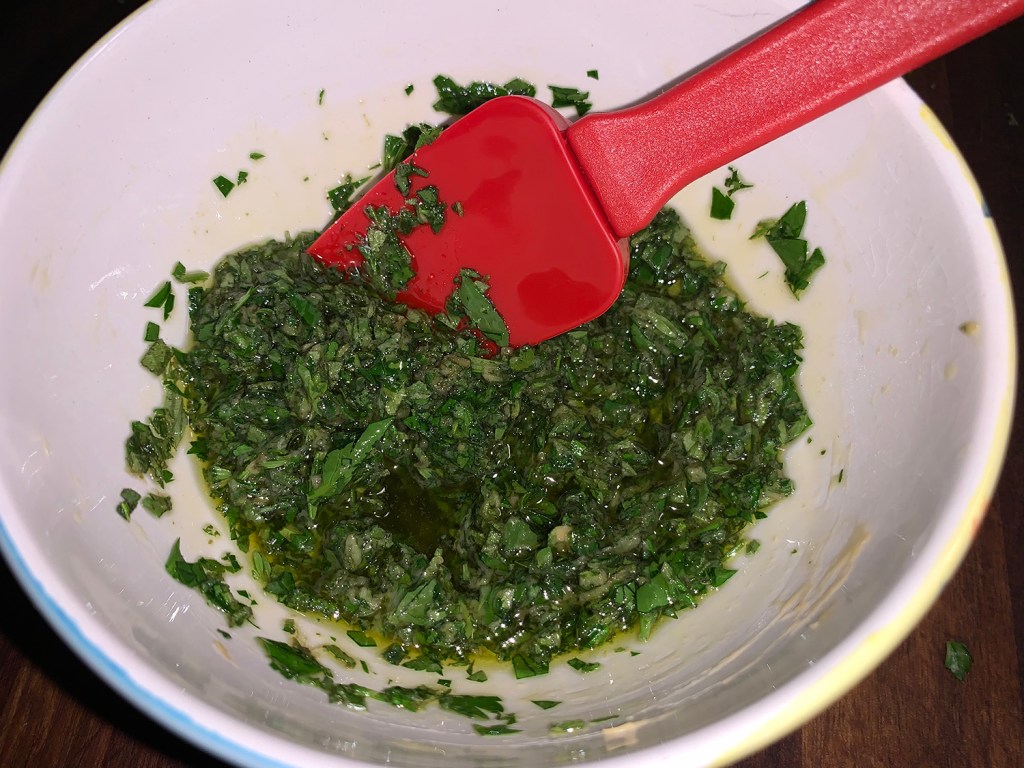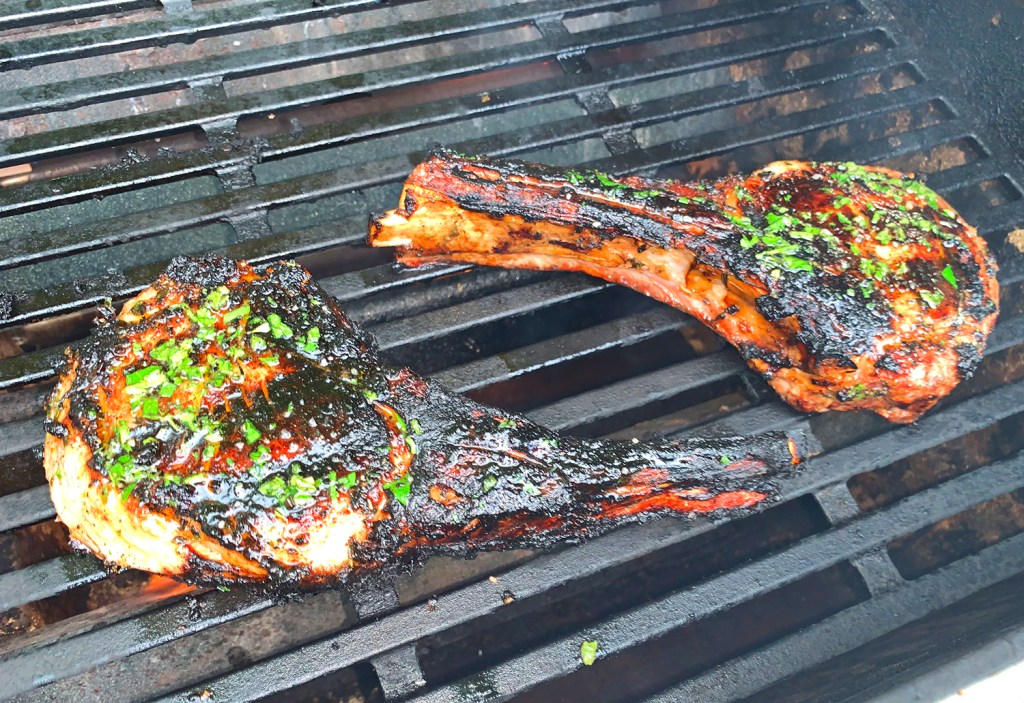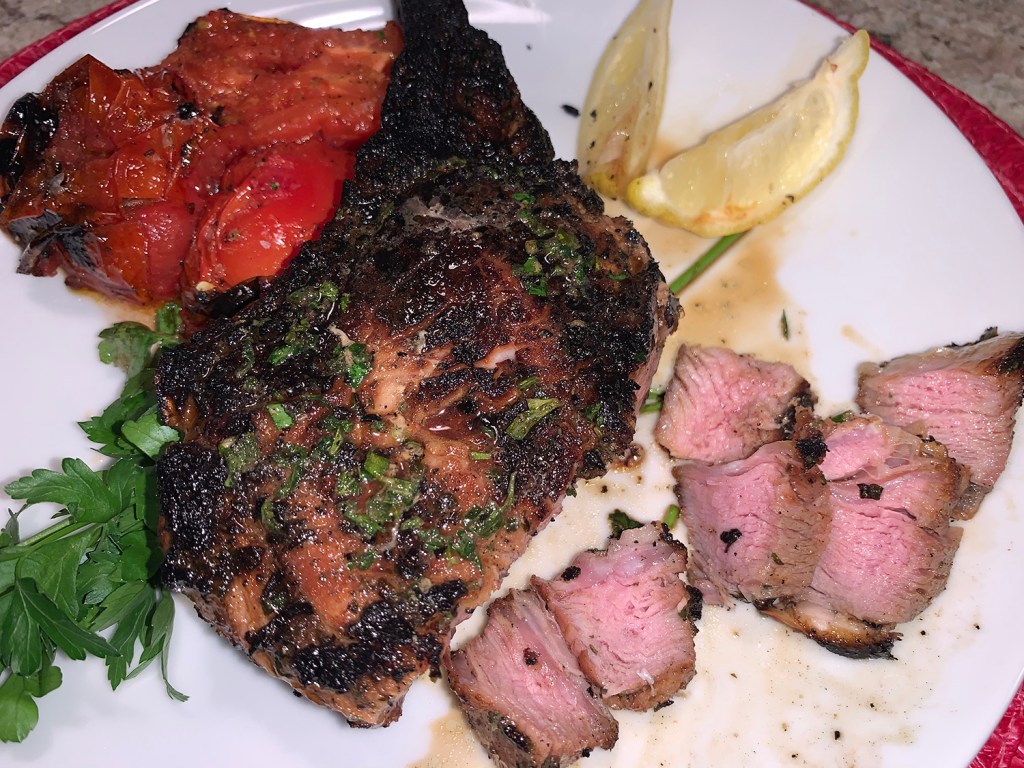We recently returned from a two-week vacation on Cape Cod. Before departure, we knew that along with dining out sparingly (due to COVID restrictions) and ordering take-out, there would also be a fair amount of home-cheffing taking place. In preparation, we created a dinner menu and grocery list ahead of time.
Yes, we are “those people” who bring our own knives, spices and other culinary paraphernalia because let’s face it, when was the last time you ever vacationed with a fully-equipped kitchen? More often than not, you’ll be forced to make do with dull knives that barely cut butter, scratched non-stick skillets and only salt and pepper for seasoning. Been there, done that.
Two sons and their girlfriends were joining us for part of the stay. In determining recipes, we knew everyone allows chicken in their diets and all of us prefer bold flavored food, making these two recipes a slam dunk. These guys are big eaters so we cooked a little over 8 pounds of poultry and doubled everything else. WOW, these were amazingly delicious and packed with flavor!

Son David and girlfriend Vikki are ready to dig in. 
Son Dan and girlfriend Tina patiently wait for dinner.
Both recipes hailed from Milk Street where their online accompanying article explained this Filipino chicken barbecue, inihaw na manok (which translates simply as “grilled chicken”) commonly includes multiple sweet ingredients, the most intriguing being lemon-lime soda such as Sprite or 7Up. Yes, we were indeed intrigued. (Don’t use diet soda.)
With that sweetness tempered by tangy vinegar, salty soy sauce and savory garlic and black pepper, the marinade infuses bone-in, skin-on chicken parts and produces nicely lacquered skin. We made the marinade in the morning before we all hit the beach, then later in the afternoon, we simply added the chicken parts to the marinade for two hours.

The marinade bubbles after the soda is added. 
The chicken is removed from the marinade. 
Once the chicken is removed, the marinade is reduced.
If you cook both breasts and legs, make sure to take the internal temperatures of the different parts and remove the pieces as they are done cooking, as white meat is done at about 160°F and dark meat at about 175°F. Don’t flip the chicken or place the pieces directly over the fire until final the minutes of cooking. The basting sauce contains a good dose of sugar and will burn if it gets too much direct heat.
Our rental property only had a small charcoal grill, and let me tell you, it took much longer than anticipated for all of the chicken to come to temperature—like 10 o’clock at night late! Oh well, let’s just say cocktail time was a bit extended that evening.
Lemon-Lime Lacquered Chicken
Ingredients
- ¾ Cup cider vinegar
- ½ Cup ketchup
- ⅓ Cup soy sauce
- 6 Tbsp. packed light or dark brown sugar
- 6 Garlic cloves, peeled
- 4 Bay leaves
- 1 Tbsp. black peppercorns
- Kosher salt
- 1 Cup lemon-lime soda, such as sprite or 7up
- 3 Lbs. bone-in, skin-on chicken breasts, thighs and/or drumsticks, trimmed and patted dry
- 1 Tbsp. lime juice
Directions
- In a blender, combine the vinegar, ketchup, soy sauce, sugar, garlic, bay, peppercorns and 1½ teaspoons salt. Blend until well combined and the bay leaves are broken into tiny bits, 15 to 30 seconds. Pour the mixture into a large bowl, then stir in the soda.
- If using chicken breasts, use a sharp chef’s knife to cut each in half crosswise. Cut 2 or 3 diagonal slashes about ½ inch deep through the skin and meat of each piece of chicken. Add the chicken to the marinade and turn to coat. Cover and refrigerate for 1 hour or up to 2 hours.
- Prepare a charcoal or gas grill for indirect cooking. For a charcoal grill, spread a large chimney of hot coals evenly over one side of the grill bed; open the bottom grill vents and the lid vent. Heat the grill, covered, for 5 to 10 minutes, then clean and oil the grate. For a gas grill, turn all burners to high and heat, covered, for 15 minutes, then clean and oil the cooking grate; leave the primary burner on high and turn the remaining burner(s) to low.
- While the grill heats, transfer the chicken to a large plate, allowing the marinade to drip off. Pour the marinade into a medium saucepan, bring to a simmer over medium and cook, stirring occasionally, until reduced to 1 cup, about 20 minutes. (I reduced it for more like 40 minutes to get it thick enough since I had doubled the recipe.)
- Stir in the lime juice and set aside. Set aside ⅓ cup for serving; use the remainder as a basting sauce.
- Place the chicken skin side up on the cooler side of the grill. Cover and cook for 15 minutes. Generously brush the pieces with basting sauce, then re-cover and cook until the thickest part of the breast, if using, reaches 160°F or the thickest part of the thighs and drumsticks, if using, reach 175°F, another 15 to 20 minutes.
- Brush the chicken with the reduced sauce, then flip the chicken skin side down onto the hot side of the grill. Cook until deeply browned, about 1 minute. Brush the bone side with basting sauce, then flip a final time and cook until deeply browned, about 1 minute.
- Transfer skin side up to a platter and let rest for about 5 minutes. Serve with the reserved sauce.
By Laura Russell from Milk Street
Japanese Potato Salad

First of all, while this sounded very intriguing, I was a bit concerned over the process but I went with it. However, I did take issue with mashing half of the cooked potatoes while leaving the remainder whole—so I halved those whole spuds.
Getting potato salad just so is no picnic, right? Too often it lacks the acidity or piquancy needed to cut through the richness of the mayonnaise. Milk Street found that in Japan potato salads are partially mashed to create a creamier texture. And they balance that texture with crumbled hard-boiled egg and the crisp bite of vegetables, such as cucumber and carrots. For a savory touch, diced ham is added and finished with scallions.
NOTE: Don’t substitute starchy russet or waxy new potatoes. The smooth texture of partly mashed Yukon Golds gave us the creamy consistency we wanted.
Japanese Potato Salad
Ingredients
- 1 Persian cucumber, halved lengthwise and thinly sliced crosswise
- 1 Medium carrot, peeled and shredded on the large holes of a box grater
- ¼ Cup minced red onion
- Kosher salt and ground black pepper
- 1½ Lbs. yukon gold potatoes, peeled and cut into ¾-inch pieces
- 3 Tbsp. unseasoned rice vinegar
- ½ Cup mayonnaise
- 2 Oz. thick-cut smoked deli ham, diced (about ⅓ cup)
- 1 Hard-cooked egg plus 1 hard-cooked egg yolk, diced
- 1 tsp. white sugar
- 2 Scallions, thinly sliced
Directions
- In a medium bowl, stir together the cucumber, carrot, onion and 2 teaspoons salt; set aside. In a large saucepan over high, combine the potatoes with enough water to cover by 1 inch. Add 1 teaspoon of salt and bring to a boil. Reduce heat to medium-high and simmer until a skewer inserted into the potatoes meets no resistance, 12 to 15 minutes.
- Drain the potatoes, then transfer to a large bowl. Using a fork, coarsely mash half of the potatoes.
- Sprinkle with the vinegar and ¾ teaspoon of pepper. Stir to combine, then spread in an even layer along the bottom and sides of the bowl. Let cool for at least 20 minutes.
- Transfer the vegetable mixture to a fine mesh strainer, rinse well and drain. Working in batches, use your hands to squeeze the vegetables, removing as much liquid as possible, then add to the potatoes. Fold until well combined.
- Taste and season with salt and pepper, then sprinkle with scallions. Serve at room temperature or chilled.
By Elizabeth Germain from Milk Street







